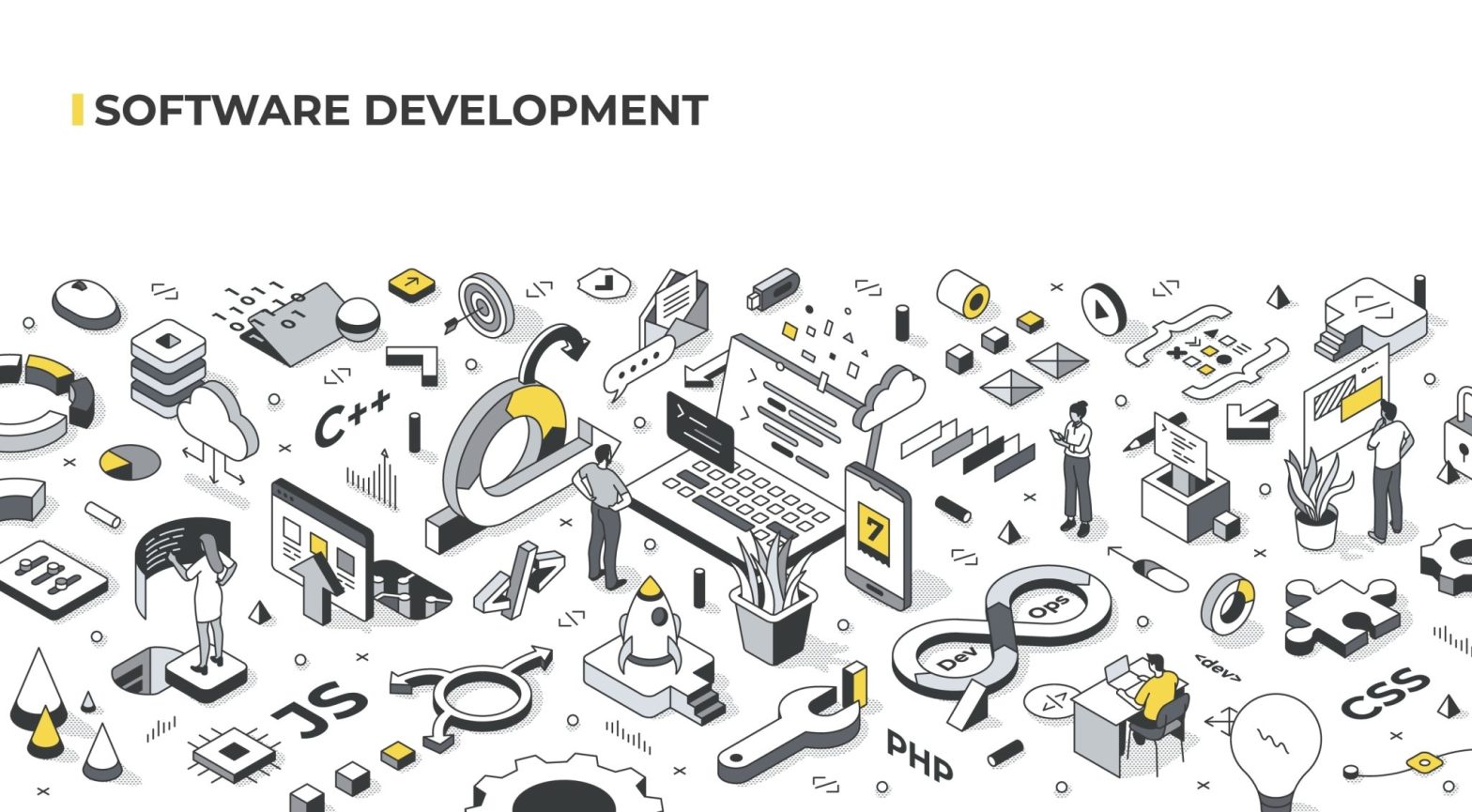Legal fees can be expensive, but legal assistance is critical for all businesses. Although every situation is unique, based on my experience working with hundreds of entrepreneurs over the past 18 years, I’ve identified some of the best uses of resources on legal advice and assistance for software, app & video game entrepreneurs (“SAVaGEs”) – from a “most bang for your buck” perspective. The benefits one can obtain from these, which can cost less than $1,500, can pay for themselves many times over.
Forming a Legal Entity
One of the most basic, and critical legal projects SAVaGEs can undertake is to set up a legal entity such as a corporation or limited liability company for their business. In addition to protecting personal assets from business debts, judgments and lawsuits, an entity can facilitate the addition of partners or raising capital, and can ensure long-term continuity of the business.
Registering a Trademark with the USPTO
All businesses have trademarks, such as their business or product names and logos – and for SAVaGEs, your product/service brand is a significant asset. Using a mark grants basic “common law” rights to the trademark owners in the geographic area where the mark is used. However, registration grants potentially permanent rights to your brands, logos, and other marks throughout the entire U.S., which can preserve new markets for future expansion. Plus, only registered marks can use the “®” symbol, which is a powerful deterrent to copycats.
Copyright Registration
Character designs, software code, graphic designs, web sites, articles, and other artistic and literary works are protected by copyright law. Although copyright registration isn’t required to claim protection, registration affords significant additional benefits in the event a lawsuit is needed to enforce copyrights. For example, a court can award a copyright owner their attorney fees, as well as “statutory damages” of up to $150,000 per work.
Legacy Planning
Legacy planning includes buy-sell and similar provisions in company documents to deal with death, divorces, and other departures of co-owners. Legacy planning also includes an updated estate plan such as a wills, and advance directives, powers of attorney & guardianship appointments to protect your interests and ensure your legacy.
A will allows people to direct how their estate is handled and divided after their death. SAVaGE business owners have additional matters to consider when it comes to planning for their death or disability, such as its impact on their business, their partners and employees, as well as their clients and customers.
Recording Copyrights and Trademarks with Customs.
Because of its border control responsibilities, the U.S. Customs & Border Protection (“Customs”) is uniquely positioned to prevent illegal importations. Although intellectual property owners must typically self-police against infringement, US Customs will seize potential infringements of US intellectual property rights, provided the rights are recorded with Customs. The process is inexpensive and easy, and will effectively turn Customs into your watchdog to prevent knock-offs from being imported into the U.S.


